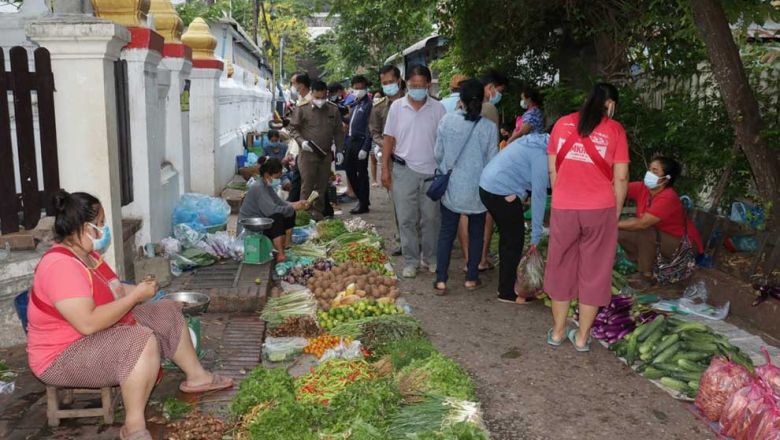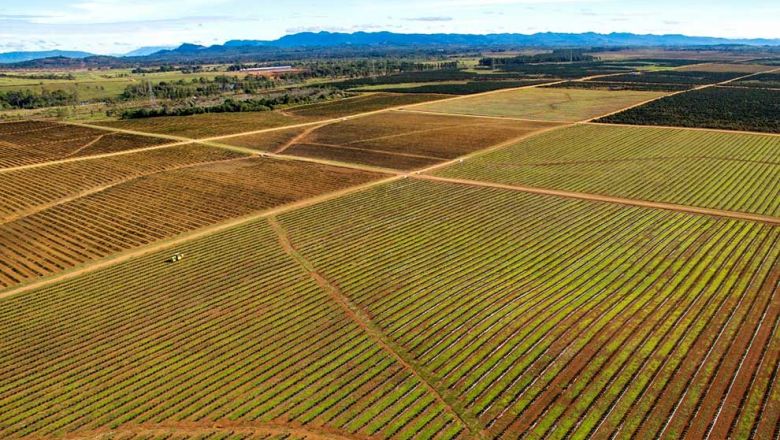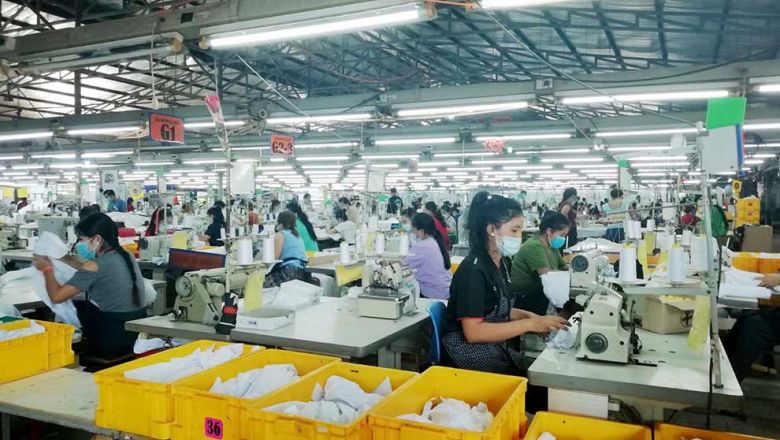Cattle farming to boost local meat markets
Cattle farming to boost local meat markets
Saravan province is aiming to promote cattle farming activities throughout the province in a bid to decrease the importation of beef cattle and encourage livestock breeders to supply the demands of local meat markets.
To promote local cattle farming activities, the Nongdeng Agriculture Research Centre is now providing local farmers with breeding techniques as well as information on how to grow grasses for cattle and how to take care of them.
The centre's Director Mr Somxay Keovongsa told Vientiane Times yesterday that local authorities in Saravan province are trying to boost cattle breeding because of the demands of local meat markets.
“The goal of cattle farming promotion is to promote effective cattle farming businesses. It is good for breeders to take care of their animals when it comes to the control of disease outbreaks,” he said.
He explained that currently the centre is looking at the expansion of cattle that are produced by cross-breeding Brahman and local cattle strains.
“By doing so, the weight of mixed cattle will increase from 150 kg to 250 kg or 300 kg; it means that cattle breeders will make a good income from selling their beef,” Mr Somxay said.
Meanwhile the provincial authorities have also targeted the two districts of Samuay and Ta Oy as livestock breeding districts to supply meat for local consumers.
According to Mr Somxay, some beef cattle are on sale at various Saravan markets, while they are also imported from neighbouring provinces, which means that more cattle farming activities should be promoted in the province.
The Brahman is one of the most popular breeds of cattle intended for meat processing and is widely popular around the world; however the mixture of local species and Brahmans will also fetch good prices for the cattle.
Mr Somxay said that the centre does not intend to sell the matured cattle to local farmers as they will be distributed to various districts and then they will be lent to local farmers.
When they produce calves, farmers will return the father or mother of the cattle back to the research centres based in the districts, he added.

















